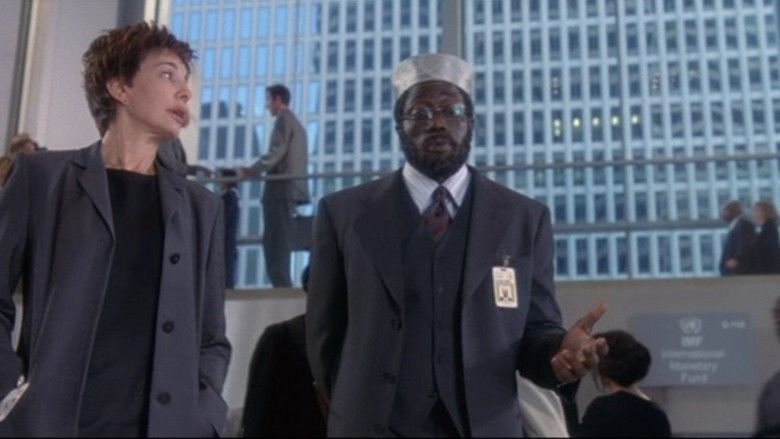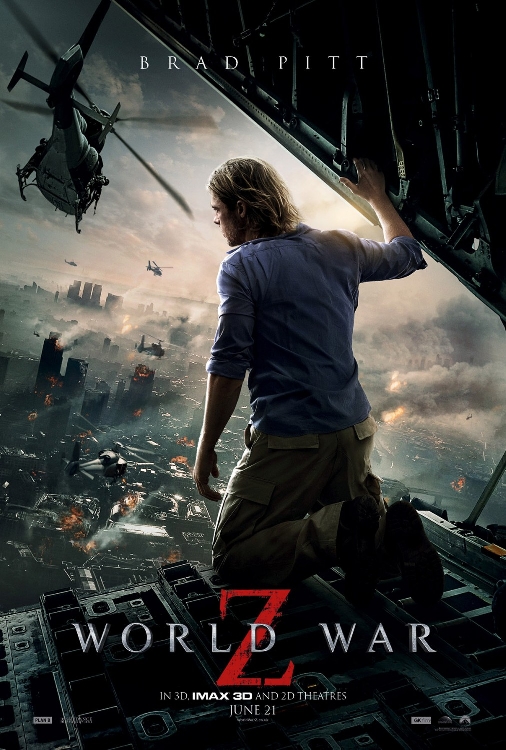

The Spartan then traversed deeper into the cave, where he encountered an enormous Phoenix capable of speech. In his journey, Kratos entered a cave and encountered a strange healer who granted him with a powerful weapon known as Apollo's Flame. The Spartan quickly persuaded his comrades to allow him to search for the Ambrosia within a set number of days, promising that once he would retrieve it, he would not only use it to cure his daughter, but any other ill newborns Spartan mothers would bear it.

However, a nearby elder informed Kratos of a possible way to heal his daughter's illness: the healing elixir of the Gods, the Ambrosia of Asclepius.
+1.jpg)
She eventually bore him a daughter they named Calliope, but, much to their horror, the child was infected with a disease Spartan law dictated that all diseased or weak infants shall be hurled into the chasm of Mount Taygetos and left there to their demise.Īs Spartan soldiers stormed Kratos' home and attempted to take his newborn, Kratos defiantly unsheathed his sword, prepared to defend his daughter. He immediately fell in love with her, and wed her. In his splendor, he saw a humble and timid woman named Lysandra. Sadly, and as the portal also shows, today there are still several lawsuits open and in process of relatives of those who lost their lives in concentration camps and who are still struggling to recover what belongs to them.Kratos, before his rise to the throne of the God of War, was hailed as the Spartans' greatest soldier. All this begins in 1937, as reported by the portal, when works by famous painters such as Picasso, Matisse, Botticelli and Monet, among others, being branded as "degenerate", are expropriated and hidden by the Nazi army, and these artists go on the blacklist.Īccording to the potal , Nazis did not want the people to see the works if they hung them on their walls. This is the cinematographic work in the most recent documentary format about the looting of art in the museums of occupied territories, collectors' houses and Jews. Una publicación compartida de Joanne el 23 Ene, 2019 a las 6:15 PST

Read also: The 4 Greatest Thefts of Art in History This moving story effectively shows what it has happened to art after the Second World War and the lives that are behind all those lost. Maria Altmann, a Jewish woman, played by Helen Mirren, with the help of young lawyer Randy Schoenberg, played by actor Ryan Reynolds, will undertake a trip not only to his land, but also to his past, to claim those possessions that the Nazis confiscated from his family years ago.Īmong the possessions, there is the Portrait of Adele Bloch-Bauer I, the famous work of the Austrian painter Gustav Klimt. The cinematographic work directed by the British Simon Curtis is based on a real story. Leer en español: 3 películas que hablan del arte en la Segunda Guerra Mundial 1. Here, there are three films that talk about art in the Nazi era. Some filmmakers took inspiration from stories of art thefts in the Nazi era and took them to the big screen without losing sight of the original story. The Second World War not only left havoc on a human or political level, art was also involved in this era Your browser does not support the audio tag. 3 films that talk about art in World War II


 0 kommentar(er)
0 kommentar(er)
